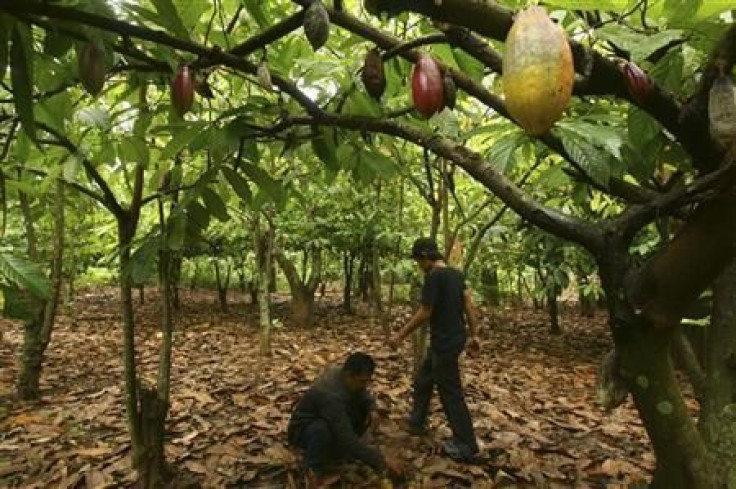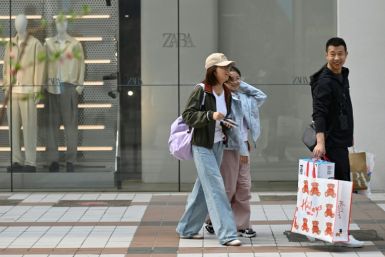Disease-Free Cocoa Centre Protects The World’s Chocolate Supply

British scientists are developing cacao varieties that are more disease-resistant and high yielding. A cocoa research facility at the University of Reading in England has been supplying cuttings from cocoa trees to 20 other cocoa-producing countries for almost 30 years. Now, the International Cocoa Quarantine Centre (ICQC) has moved to its new home, a £1M high-tech greenhouse in Berkshire, which aims to aid in the global effort of sustaining cocoa supply.
Worldwide demand for cocoa is increasing, especially in the Asia-Pacific region, but chief resources are being infested by pests and diseases. Vast cacao plantations in West Africa produce 70 percent of the global cocoa supply, but around 30 percent is lost every year due to the cacao swollen-shoot virus and the cocoa mirids that destroy the crops. Paul Hadley, a horticulture professor at the University of Reading, told the Daily Mail that the cocoa quarantine project intends to develop new cocoa plants that could withstand diseases and produce good crops.
For example, cocoa producers in West Africa would like to try varieties from Latin America and Southeast Asia, but they want to make sure that the breeds being introduced are free of diseases. South American varieties are usually infested by frosty pod rot and witches' broom diseases. The ICQC’s role is to be a safe movement route. This makes sure that the imported variety is free of any type of cacao plant disease before being exported to other producers. For 3 months, the plant is observed in isolation to guarantee that it is indeed disease-free. Next, it is grown in the centre for two years. Cuttings of this plant are sent to Ghana for further propagation.
Hadley adds that it is unsafe to introduce imported cocoa varieties without having it tested or observed at safe movement routes because it could damage crops. The 11,000-square-foot facility houses 400 different varieties of cocoa plants. The greenhouse materials sets the warm temperature suited for the plants. Watering system is automated to hydrate the plants every day. The plants are visually observed regularly to check any hidden indication of disease. The cocoa quarantine project is being funded by the Cocoa Research Association (CRA) and the US Department of Agriculture.
To send feedback about the content, email: j.panganiban@ibtimes.com.au






